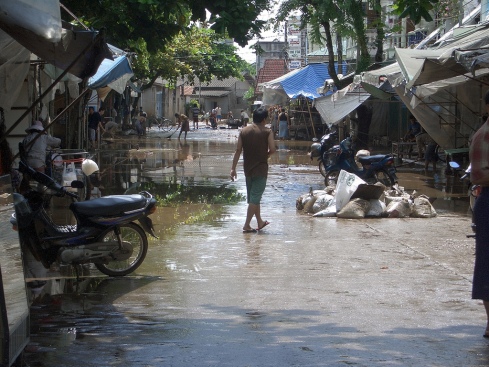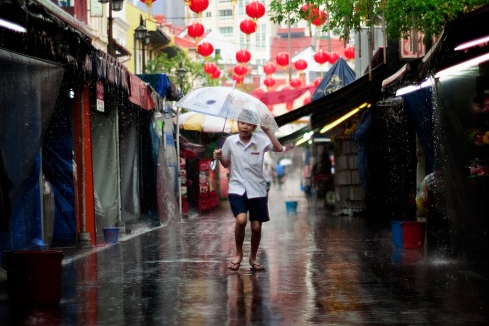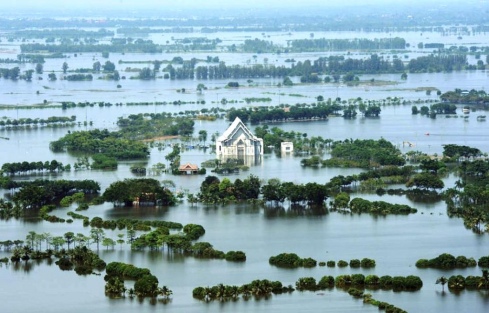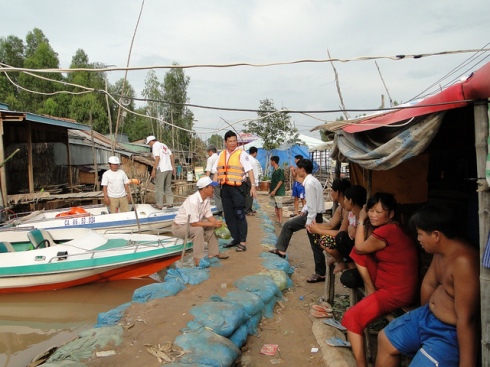
By PISA Program Assistant, Dr. Miriam Grinberg
Following Myanmar Ambassador Aung Lynn’s visit to the Elliott School of International Affairs on Monday, December 12, PISA provides critical background information on the country through our blog. Previously, we discussed the country’s challenges in natural resource governance and the continued consequences of the Cold War. This post concludes the series with a focus on the impact of sea level rise and climate change on Myanmar’s future.
In my previous post’s overview of the difficulties that Burmese policymakers face in managing and distributing natural resources equitably, I noted that Myanmar is well-known for its rich biodiversity and wealth of resources, such as natural gas and jade. As the country continues to undergo political and economic transformation – including the development of its energy and industry sectors, urban areas, and agricultural production – the sustainability of its new enterprises has increasingly come into question, not to mention their environmental impact. Combined with its geographical location (sandwiched between two of the world’s largest polluters, China and India), it is no wonder that the country was recently called the second most vulnerable in the world to the impacts of climate change.
Continue reading →
Tags: Asia, climate, Climate Adaptation, climate change, Climate Change and Sea Level Rise in Asia, climate wise development, development, environment, global warming, Myanmar, sea level rise, sustainable development








Latest Commentary